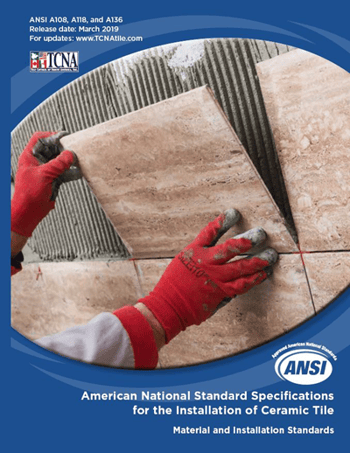The residential performance standards guidelines states.
Ceramic tile lippage standards.
For ceramic tiles which includes porcelain tiles they are allowed to have 1 mm of lippage plus the actual warpage in the tile which is normally about 1 mm for grout joint widths between 2 to 7 mm.
That suggest that it should not be smaller than that.
Lippage is the industry term for floor tiles which have some edges and corners higher or lower than others creating an uneven surface.
Specifying and masterformat how can architects help avoid excessive tile lippage or perceptions thereof on their projects.
The australian standard as 3958 1 guide to the installation of ceramic tiles states a maximum 2mm lippage between standard tiles.
Then you know whether or not your installation does or does not meet industry standards.
Variation in the height of adjoining tiles is called lippage.
Bs 5385 1 wall and floor tiling.
I think that is what joseph is trying to get to.
A perception of lippage may not necessarily be due to poor workmanship.
Lippage refers to differences in elevation between edges of adjacent tile modules the ansi standard notes that the perception of lippage is influenced by many factors such as.
And you would know that the allowable lippage for this tile would be 3 32 quot.
You have a wood look glazed porcelain tile that is 6x24 inches.
For natural stone the standards say that the tile lippage should not be more than 1 mm for grout joints that are between 2 mm to 7 mm wide.
Lippage greater than 1 16 is considered excessive except where tile is larger than 13 13 inches.
There are quantitative industry standards for what is acceptable lippage for ceramic tile.
Check out the british standards available for sale.
Design and installation of ceramic natural stone and mosaic wall tiling in normal internal conditions.
This is defined in the ansi american national standards institute standard a108 02 section 4 3 7.
The challenge is determining whether the lippage is due to bad workmanship poor quality substrate naturally occurring differences in the calibration of the tiles or the finish of tiles.
When large tiles are used on surfaces with compound falls to a floor waste lippage is inevitable.
Nearly each tile has at least one adjacent tile that is uneven i e there is lippage throughout the house and i would be hard pressed to find a tile with an no lippage.
These include standards which define ceramic and natural stone tiles tile fixing tile adhesives and grouts.
So for instance if you measure the tile warpage and find it is 1 16 quot.
However the measurement at right shows that the ceramic tile lippage is less than 1 6 mm 1 16 in which is within standards.
According to ansi a137 1 when a pressed floor and porcelain tile is installed using a grout joint between 1 16 to less than 1 4 the allowable lippage is 1 32 about the thickness of one credit card.
The daltile data sheet does say that you can have as small of a grout joint as 3 16 wide.

